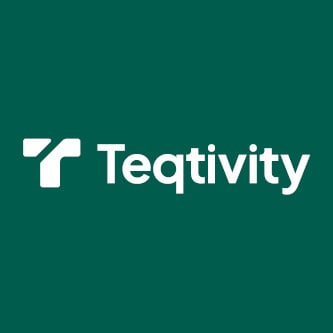Since the launch of Open AI’s ChatGPT last November, the transformative potential of the technology has captured companies’ attention — but as executive leaders take a look at where such tools could best fit in their businesses, it can be difficult to choose a starting point.
The best thing for CFOs today is just “take a look at their operations,” Michael Kelly, partner and management consulting consultant at Big Four accounting firm Ernst & Young said. When developing a game plan for generative AI and next-gen AI solutions, CFOs can “start with the key basics,” Kelly told CFO Dive in an interview.
“You look through your order cash, procure to pay, or even the hire to retire type format,” he said. “And you start thinking about, ‘okay, where are the touch points? Where are the manual efforts that are happening in this?’ Because really, what you want to do is move the needle to be a touchless process.”
Developing ethical AI
CFOs looking to bring generative AI and other emerging technologies to their businesses can start with areas like financial planning and analysis — the use of machine learning and other AI solutions have helped FP&A to advance over the past few years, but tapping next-generation solutions can help finance leaders to “really move the needle” in that area, Kelly said.
By combining internal and external data sources with next-gen AI tools, companies can start to get deeper insights on their data, he said, as well as reduce the time and the people needed to complete key processes. Kelly cited EY clients who have reduced the time it takes to produce a forecast down to 90 minutes from six to eight weeks, for example.
Payroll is another area where next-generation AI could be tapped, easing friction when dealing with the benefits and queries that go along with the deceptively complicated process, he said.
Before, dealing with such queries was a manual process. Now, with emerging AI tools, “I can put some capabilities in front, and kind of own that customer experience, and answer those questions within a couple seconds and provide that feedback back to the employee,” Kelly said.
Among its other AI experiments, EY itself is working with Microsoft — which has invested heavily in ChatGPT parent OpenAI — to develop a generative AI chatbot that can help to answer employee payroll queries, the companies announced in early June. The chatbot will leverage both the Microsoft cloud service and ChatGPT in the software firm’s Azure OpenAI service, Microsoft said, which will help to “analyze information from pay slips, tax regulations and employer policies” to help answer such questions.
Paying attention to the data that you are funneling into your generative AI solution is a key part of using the technology effectively — both when it comes to making an informed investment decision when experimenting with the tool and in order to use it ethically, Kelly said. EY, which started to build on OpenAI’s underlying engine several years ago, is taking a careful and measured approach to deploying the technology in the face of data privacy concerns and the nascent tools’ limitations, Jeff Wong, EY global chief innovation officer, told Industry Dive sister publication CIO Dive in a February interview.
“The flip side of this is, how do I get to do responsible and ethical AI, which is the other piece you’ve got it watch out for,” Kelly said. “So this is where the CFO is really going to have to spend a little bit of time on, is what are the guardrails on using AI?”
Getting ahead of the AI learning curve
Figuring out where generative AI solutions may be best deployed in one’s organization is only the first step in using the emerging technology effectively. CFOs, who are facing something of a learning curve when it comes to the swiftly developing tool, should take a two-pronged approach to its deployment.
First, they should identify what underlying technologies or solutions they need to support the use of generative AI in their businesses, and second, they need to figure out what skills and capabilities their finance staff needs to have to utilize the technology, Kelly said.
Just experimenting with some of the available tools can help to provide companies with an edge while generative AI is in such a nascent stage — allowing employees to play around with tools like Microsoft’s data visualization solution Power BI, for example, can be a “quick, very effective and costly alternative to start providing some new skills for your employees, because the employees are all looking for the experience,” Kelly advised.
This is especially necessary as CFOs continue to face both talent acquisition and retention struggles in their finance departments, and “if you aren't kind of employing and deploying some of these new tools and capabilities, you're going have a hard time either trying to attract the folks or even better retain them, because they all want these great, fabulous experiences going forward,” Kelly said.
CFOs are also examining how generative AI could be put to use to free up their employees’ time, making that practice and experimentation all the more critical.
Historically, approximately 60% to 80% of finance staff have been focused on producing the company’s financial results, Kelly said, with the remainder focused on decision analytics and insights. However, finance leaders have been attempting to “flip” that percentage, he said, with the aim of having that 60% to 80% focused on analytics and insights.
“The next gen AI and some of the new capabilities that came out the last three, four years have now enabled people to flip that curve a little bit,” he said. “So it’s, what do I do with the information, not spending all my time just trying to produce it.”






















